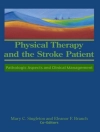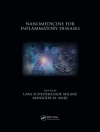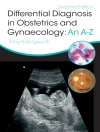Grants for research centers located in universities, medical centers, and other nonprofitresearch institutions account for about 9 percent of the National Institutes of Health budget. Centers are popular because they can bring visibility, focus, andincreased resources to bear on specific diseases. However, congressional debate in2001 over proposed legislation directing NIH to set up centers for muscular dystrophyresearch highlighted several areas of uncertainty about how to decide whencenters are an appropriate research mechanism in specific cases. The debate alsohighlighted a growing trend among patient advocacy groups to regard centers as akey element of every disease research program, regardless of how much is knownabout the disease in question, the availability of experienced researchers, and otherfactors. This book examines the criteria and procedures used in deciding whether toestablish new specialized research centers. It discusses the future role of centers inlight of the growing trend of large-scale research in biomedicine, and it offers recommendationsfor improving the classification and tracking of center programs, clarifyingand improving the decision process and criteria for initiating center programs, resolving the occasional disagreements over the appropriateness of centers, andevaluating the performance of center programs more regularly and systematically.
Board on Health Sciences Policy & Committee for Assessment of NIH Centers of Excellence Programs
NIH Extramural Center Programs [PDF ebook]
Criteria for Initiation and Evaluation
NIH Extramural Center Programs [PDF ebook]
Criteria for Initiation and Evaluation
Beli ebook ini dan dapatkan 1 lagi GRATIS!
Bahasa Inggris ● Format PDF ● Halaman 232 ● ISBN 9780309530286 ● Editor Frederick J. Manning & Michael McGeary ● Penerbit National Academies Press ● Diterbitkan 2004 ● Diunduh 3 kali ● Mata uang EUR ● ID 7146542 ● Perlindungan salinan Adobe DRM
Membutuhkan pembaca ebook yang mampu DRM












